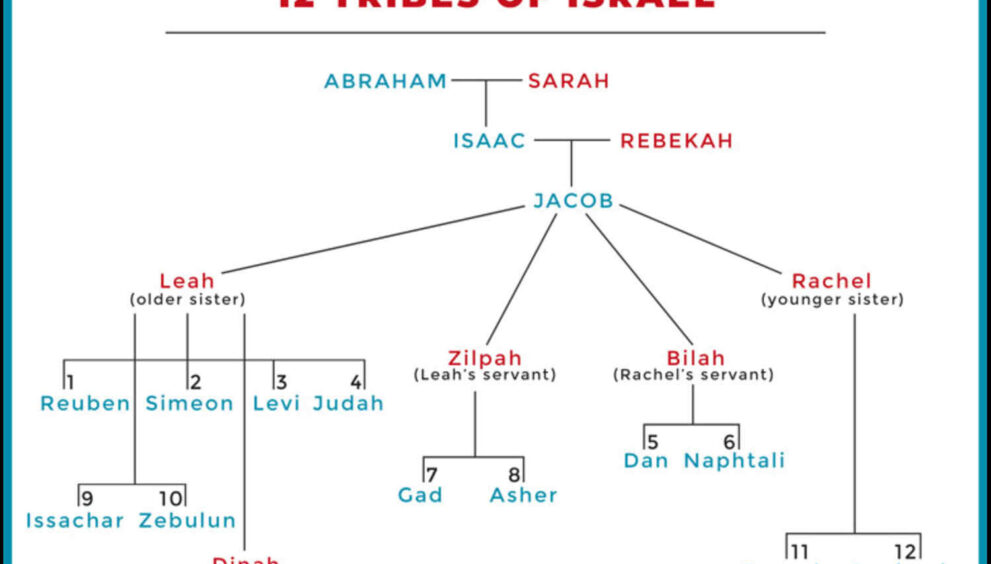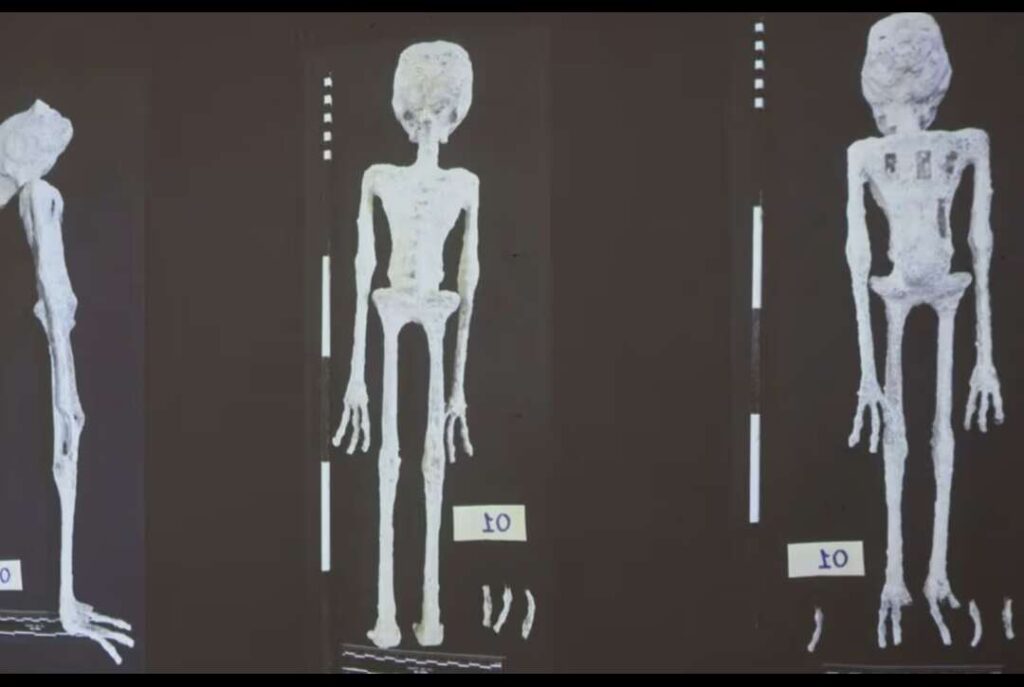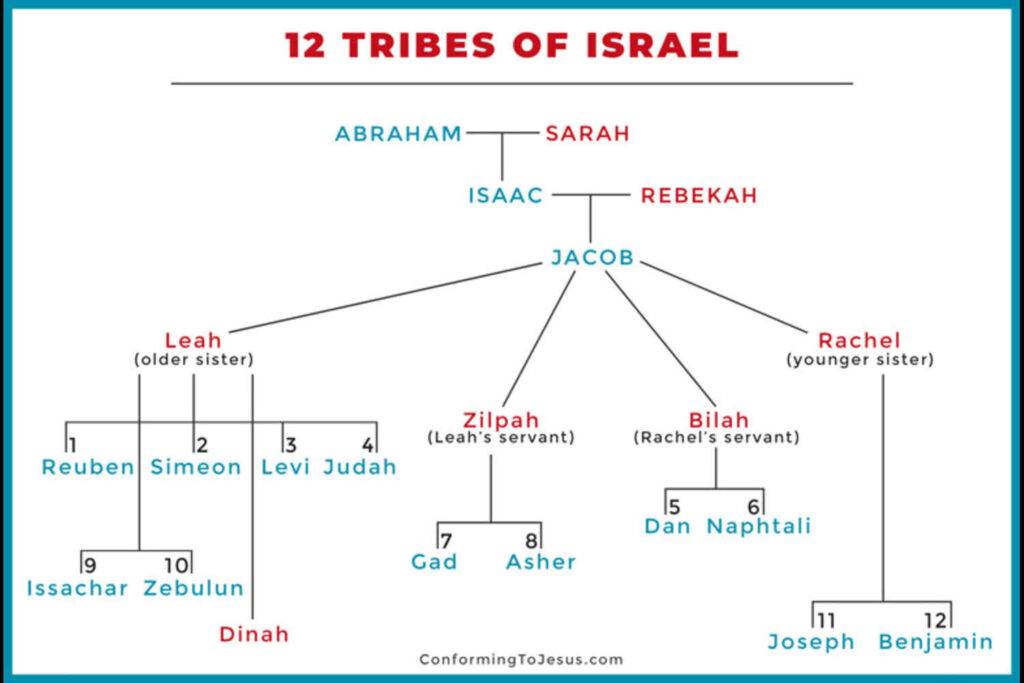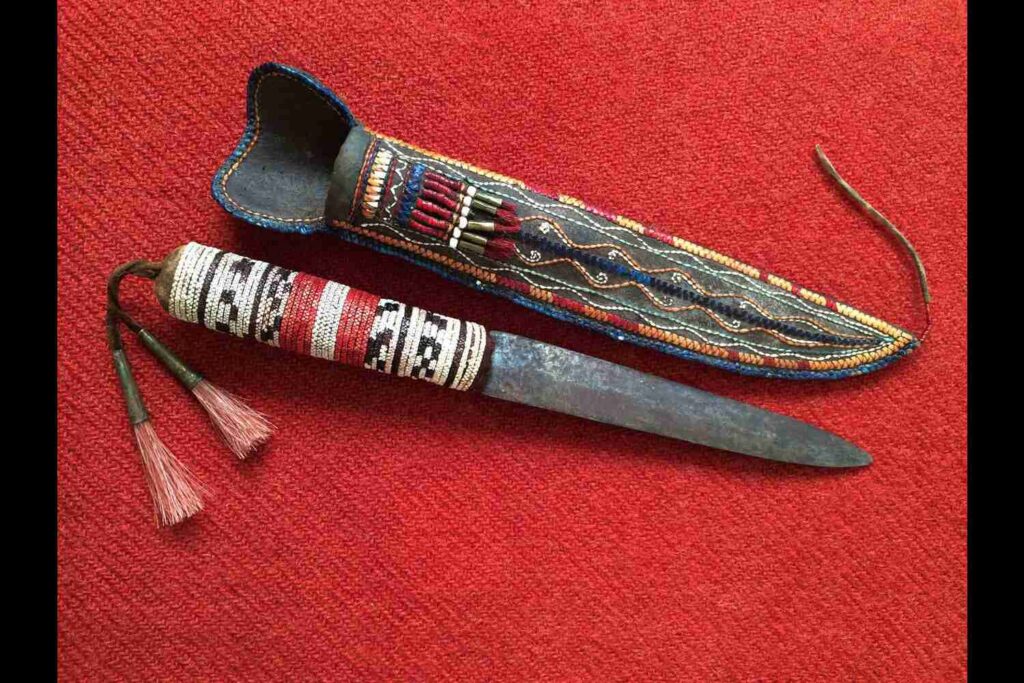12 Tribes of Israel Chart

The 12 Tribes of Israel chart provides a comprehensive visual representation of these tribes, which hold a significant place in biblical history and are a cornerstone of the Judeo-Christian faith. Understanding the composition and history of these tribes is essential for anyone interested in the Bible or Jewish heritage. In this article, we will delve into the 12 Tribes of Israel through a detailed chart, breaking down their origins, characteristics, and historical significance.
- A short history of the conflict between Israel and Palestine
- The Latest on Israel-Palestine Conflict: A Surprise Attack and a State of War
The 12 Tribes of Israel Chart
| Tribe | Founder | Symbol | Birthright & Blessing | Territory |
|---|---|---|---|---|
| Reuben | Reuben (Jacob’s son) | Mandrakes | Birthright Replaced | East |
| Simeon | Simeon (Jacob’s son) | City of Shechem | Inheritance Scattered | South |
| Levi | Levi (Jacob’s son) | Urim & Thummim | No Inheritance | Scattered |
| Judah | Judah (Jacob’s son) | Lion | Kingship & Messiah | South |
| Dan | Dan (Jacob’s son) | Serpent | Judgeship | North |
| Naphtali | Naphtali (Jacob’s son) | Hind (Deer) | Fertile Land | North |
| Gad | Gad (Jacob’s son) | Troop of Warriors | Inheritance East of Jordan | East |
| Asher | Asher (Jacob’s son) | Olive Tree | Prosperity | North |
| Issachar | Issachar (Jacob’s son) | Donkey | Agricultural Prosperity | North |
| Zebulun | Zebulun (Jacob’s son) | Ship | Sea Trading | North |
| Joseph | Joseph (Jacob’s son) | Sheaves of Wheat | Double Inheritance | Ephraim & Manasseh |
| Benjamin | Benjamin (Jacob’s son) | Wolf | Valor | South |
Detailed Information on the 12 Tribes
Now, let’s dive deeper into the history and significance of each of the 12 tribes:
- Reuben: Reuben lost his birthright due to an incident involving mandrakes and lost the blessing to Joseph. The tribe settled in the eastern part of Israel.
- Simeon: Simeon’s inheritance was scattered within the territory of Judah due to their involvement in the Shechem incident.
- Levi: The tribe of Levi did not receive a specific territory but served as priests and caretakers of the Tabernacle.
- Judah: Judah received the blessing of kingship and was the tribe from which King David and, eventually, the Messiah, Jesus, would come.
- Dan: Dan’s symbol, the serpent, reflects their location in the northern part of Israel. They provided judges for the tribe.
- Naphtali: This tribe enjoyed a fertile land in the north, symbolized by the hind (deer).
- Gad: Gad settled east of the Jordan River and became a troop of warriors.
- Asher: The symbol of an olive tree signifies prosperity, which Asher experienced in their northern territory.
- Issachar: Issachar’s donkey symbolizes their involvement in agriculture and the prosperity that came with it.
- Zebulun: Zebulun thrived in sea trading and maritime activities due to their coastal location.
- Joseph: Joseph’s two sons, Ephraim and Manasseh, each received an inheritance, making it a “double portion.”
- Benjamin: Benjamin’s symbol, the wolf, reflects their valor and warrior-like qualities. They settled in the southern part of Israel.
Conclusion
The 12 Tribes of Israel chart provides a comprehensive overview of the origins, characteristics, and blessings of each tribe. These tribes played a pivotal role in biblical history and continue to hold significance in the cultural and religious traditions of Judaism and Christianity. Exploring the unique attributes of each tribe deepens our understanding of the rich tapestry of the biblical narrative.

 English
English 




































































































